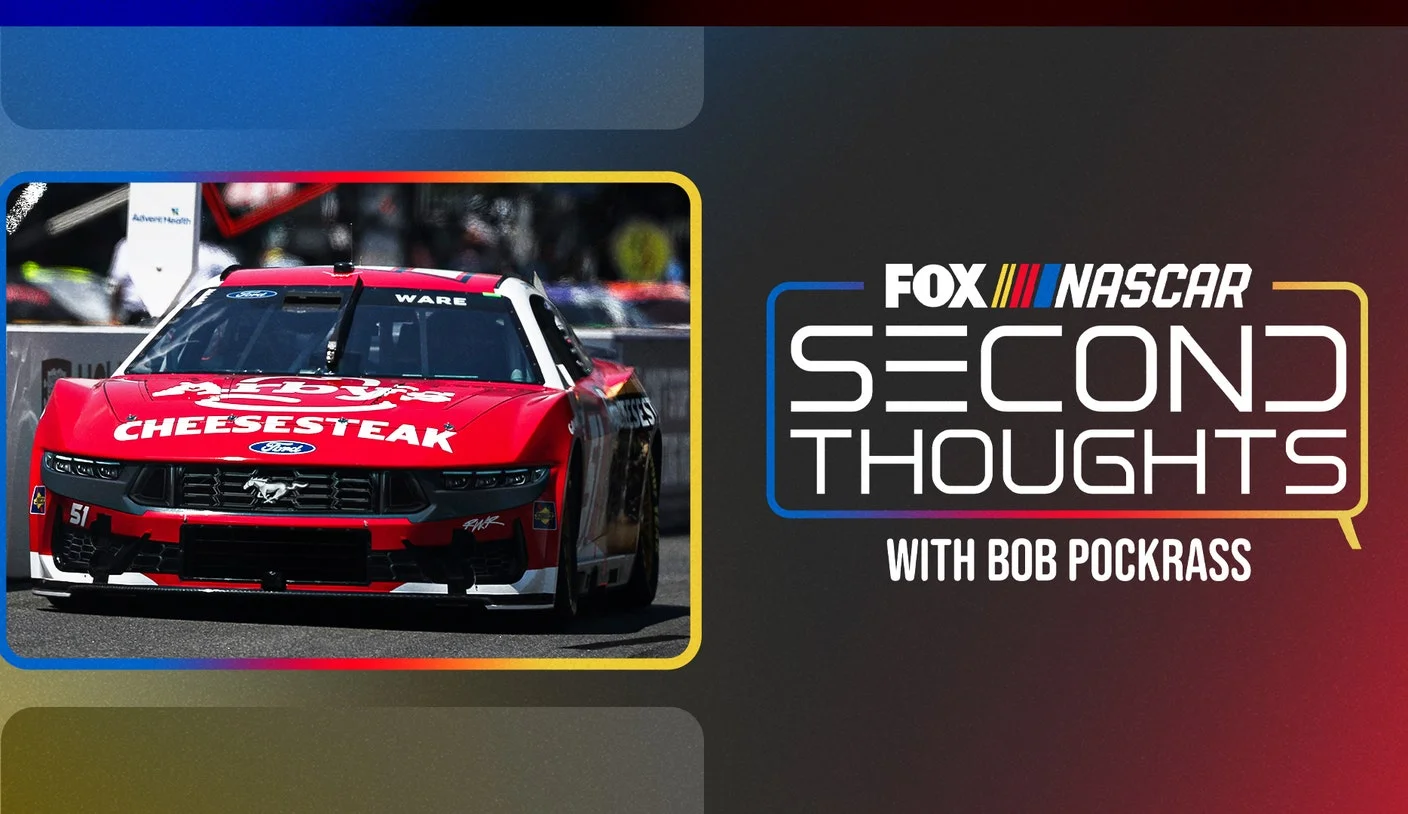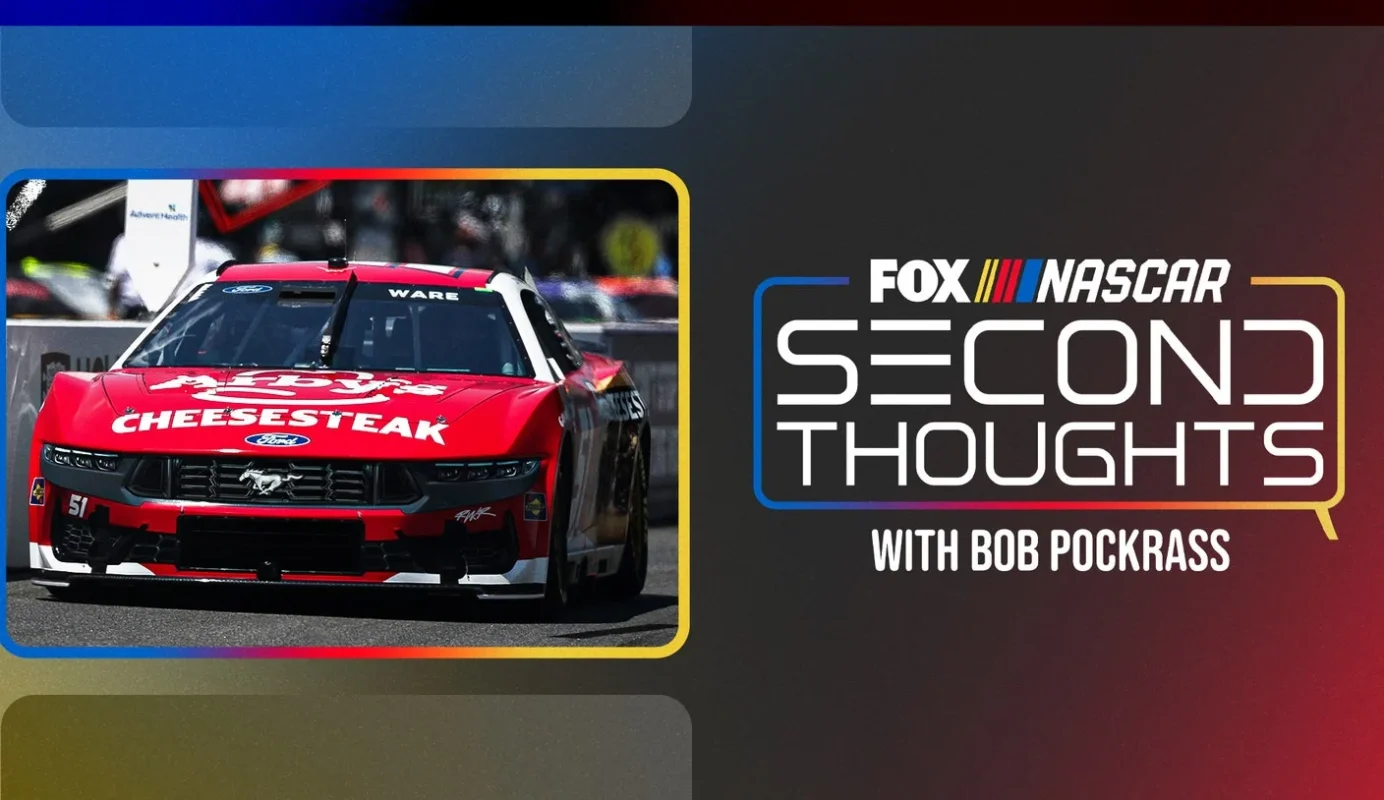
“`html
NASCAR Cup Series: Where’s The Caution? Cody Ware Wreck Should Spur Change In NASCAR Procedures
Updated Jul. 9, 2025 12:32 p. www 49 jili phm. ET
By Bob Pockrass, FOX Motorsports Insider
The fact that it took NASCAR half a minute to deploy the caution after Cody Ware crashed into the Turn 6 tire barrier at Chicago raises questions. slot Initially, it seemed understandable as NASCAR had been monitoring the situation to see if drivers could move their cars out of danger milton 888 casino. In previous seasons, drivers Kyle Larson and Kyle Busch managed to extricate their vehicles from similarly precarious situations amidst the tires. Moreover, with rain and lightning threats looming (although NASCAR insists this wasn’t the cause of the delay), the decision-making process became even trickier.
When Ware dropped his window net, signalling that he was okay but would not continue, NASCAR finally threw the caution. At that point, Shane van Gisbergen had already crossed the start-finish line and taken the white flag, meaning the race could not be resumed and, as long as he maintained a reasonable speed, he would be declared the winner.
Shane Van Gisbergen ultimately clinched the victory in Chicago after a contentious finish. Fans were deprived of a green-flag conclusion, but with rain arriving shortly afterward, it was likely that such a finish would have been impossible to achieve regardless. Although NASCAR might have opted for a red flag under different circumstances, the potential for lightning diminished that likelihood.
Tyler Reddick, armed with fresher tires, likely had the best chance to surpass van Gisbergen and undoubtedly desired the opportunity to claim a win. However, it’s crucial to note that this decision was not intended to prevent 23XI Racing (currently pursuing legal action against NASCAR) from securing victory. And let’s be honest, van Gisbergen had undeniably earned his win; it’s hard to argue that the wrong driver took the checkered flag.
The more pressing concern is why NASCAR did not promptly assess the severity of Ware’s crash. NASCAR stated that had they been aware of the impact, they would have issued the caution without delay. Given the advanced technology available today, it’s reasonable to expect that NASCAR should have a more efficient method of assessing when a driver has crashed into a wall at over 90 miles per hour and comes to a sudden halt.
NASCAR certainly utilizes monitors and cameras positioned in that area. While it’s understandable that a race director might be focused on a different monitor—much like when the race director may be observing the front-runners in one section of the track and miss an incident occurring elsewhere—it seems that better monitoring protocols need to be in place. okbet jili
Once NASCAR observes a driver in a barrier, it seems there should be a mechanism for an official to start monitoring the radio channel immediately. Although Ware did communicate that he needed assistance, the message was somewhat faint in the recording I reviewed, which raises concerns about radio clarity during crucial moments.
When the crash occurred, the official in that region communicated “6” to notify the race director to check Turn 6. Whether this official should have been more insistent at that moment is a matter of debate. vipph 444 login What would constitute a critical level of urgency on the radio that would require the race director to deploy the caution immediately?
NASCAR has been grappling with consistency challenges, especially with two or three different race directors rotating throughout the year across the three national series. Relying on corner officials to voice their assessments—akin to practices in some other road-racing series—might introduce further confusion and dispute in critical situations.
The aftermath of Cody Ware’s hard crash raised significant questions. Thankfully, he managed to exit the car unaided and was evaluated and released from the care center shortly after. It is notable that NASCAR does not have live crash data—this information is stored within the car’s system and is not available in real time as it might be in other racing series where G-force measurements can prompt immediate caution flags.
Could NASCAR have accessed the car’s telemetry or replay footage more rapidly in this situation? The league is currently exploring ways its production facility in North Carolina can assist in officiating and managing races. However, whether such assessments can be conducted in under 30 seconds and communicated effectively remains an open question.
Adding to the frustration is a similar incident from the previous year during the Xfinity race on the Charlotte road course, where Leland Honeyman crashed deep into the tire barrier, and the caution took a long time to be called—deploying just as leader Parker Kligerman was about to take the white flag, ultimately leading to Kligerman losing the race.
One of NASCAR’s biggest challenges is effectively using all available tools to officiate and manage races, especially with the increased number of road courses in recent years. The wreck involving Cody Ware at the close of the race should indeed intensify the urgency for NASCAR to find solutions to prevent similar oversights in the future.
What are your thoughts on NASCAR’s response to the Cody Ware incident?
“`


